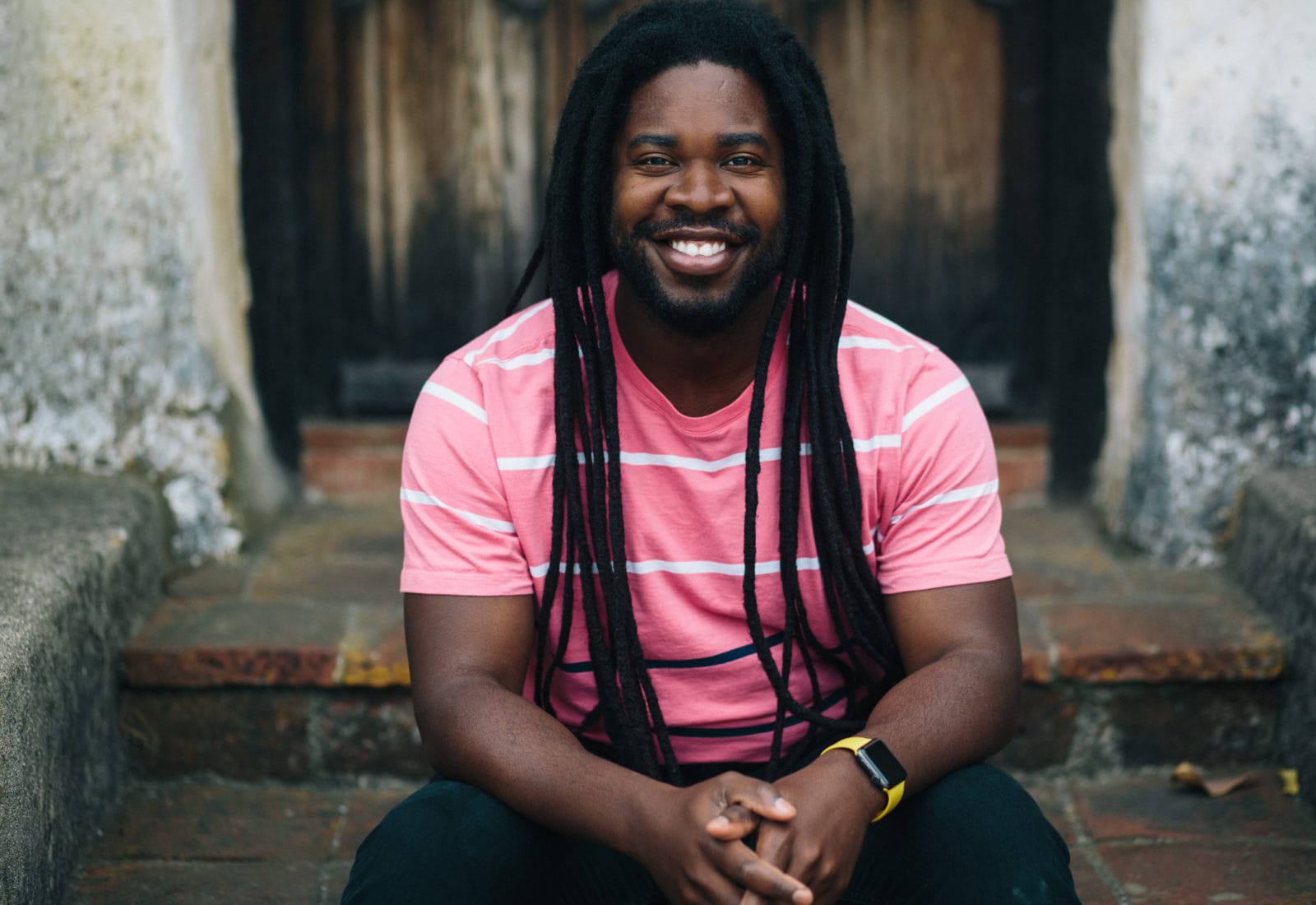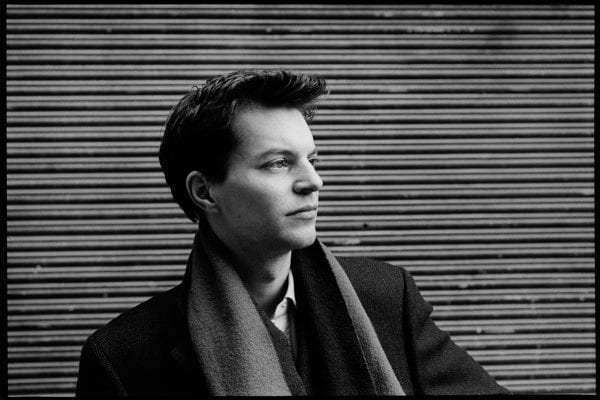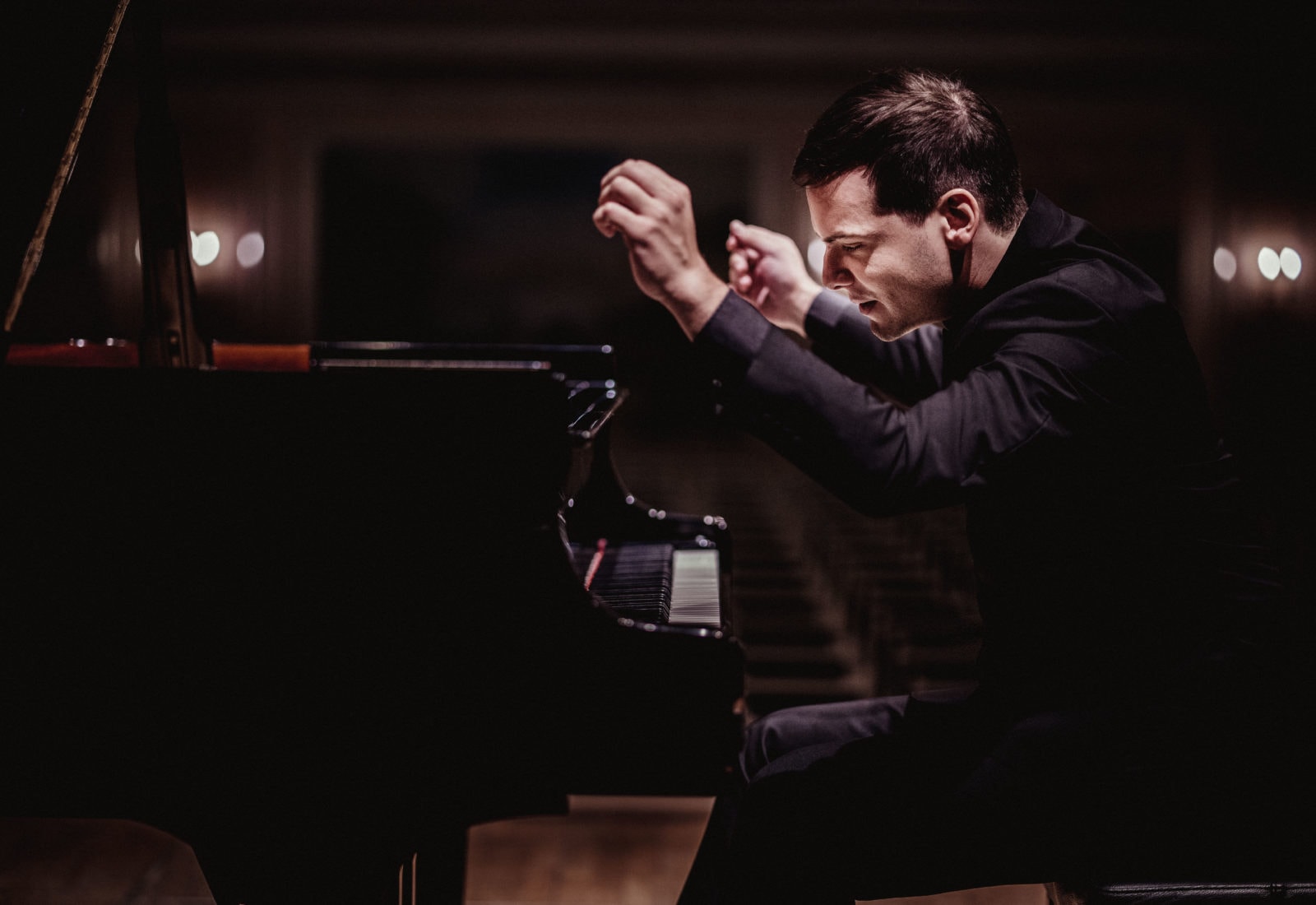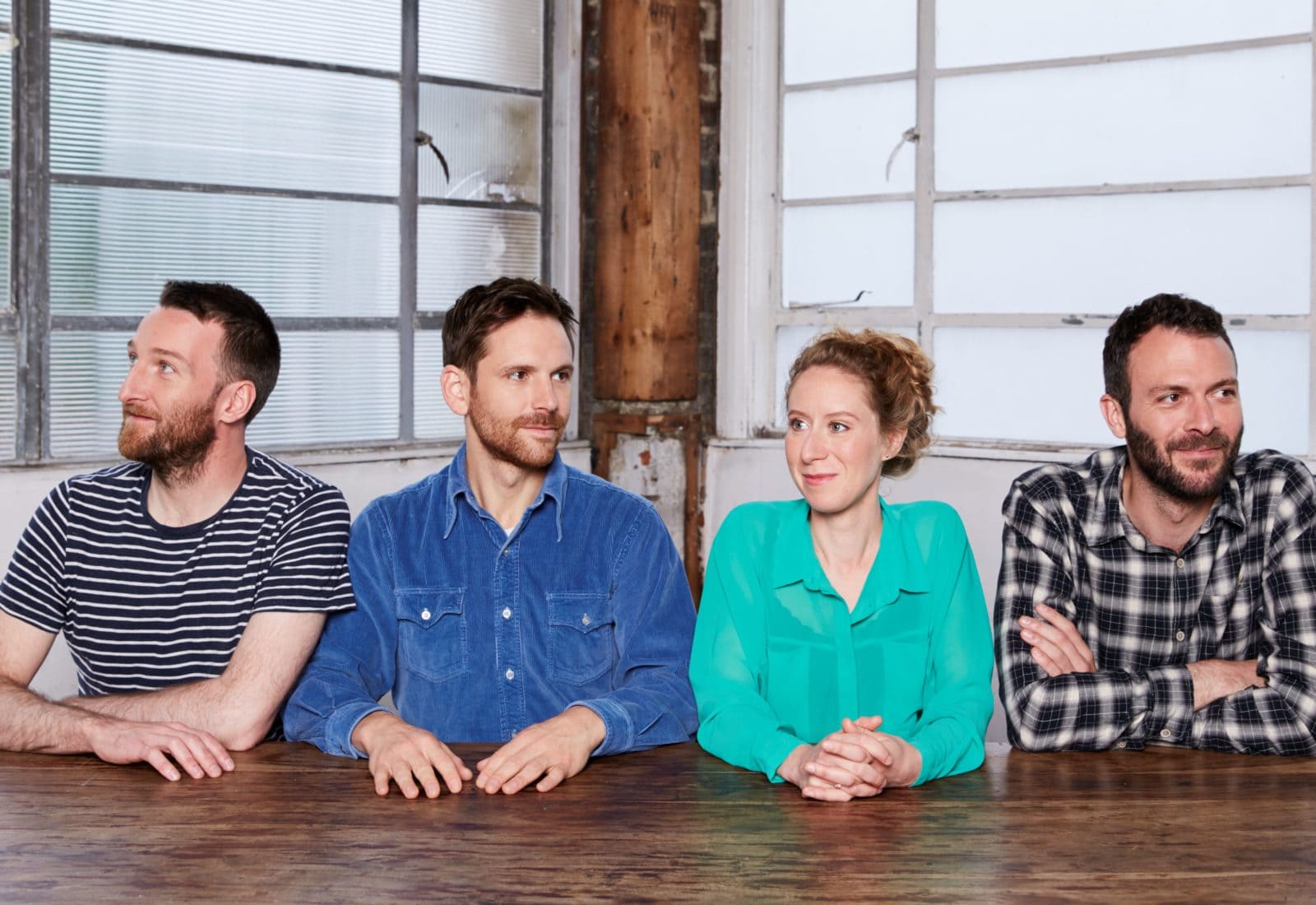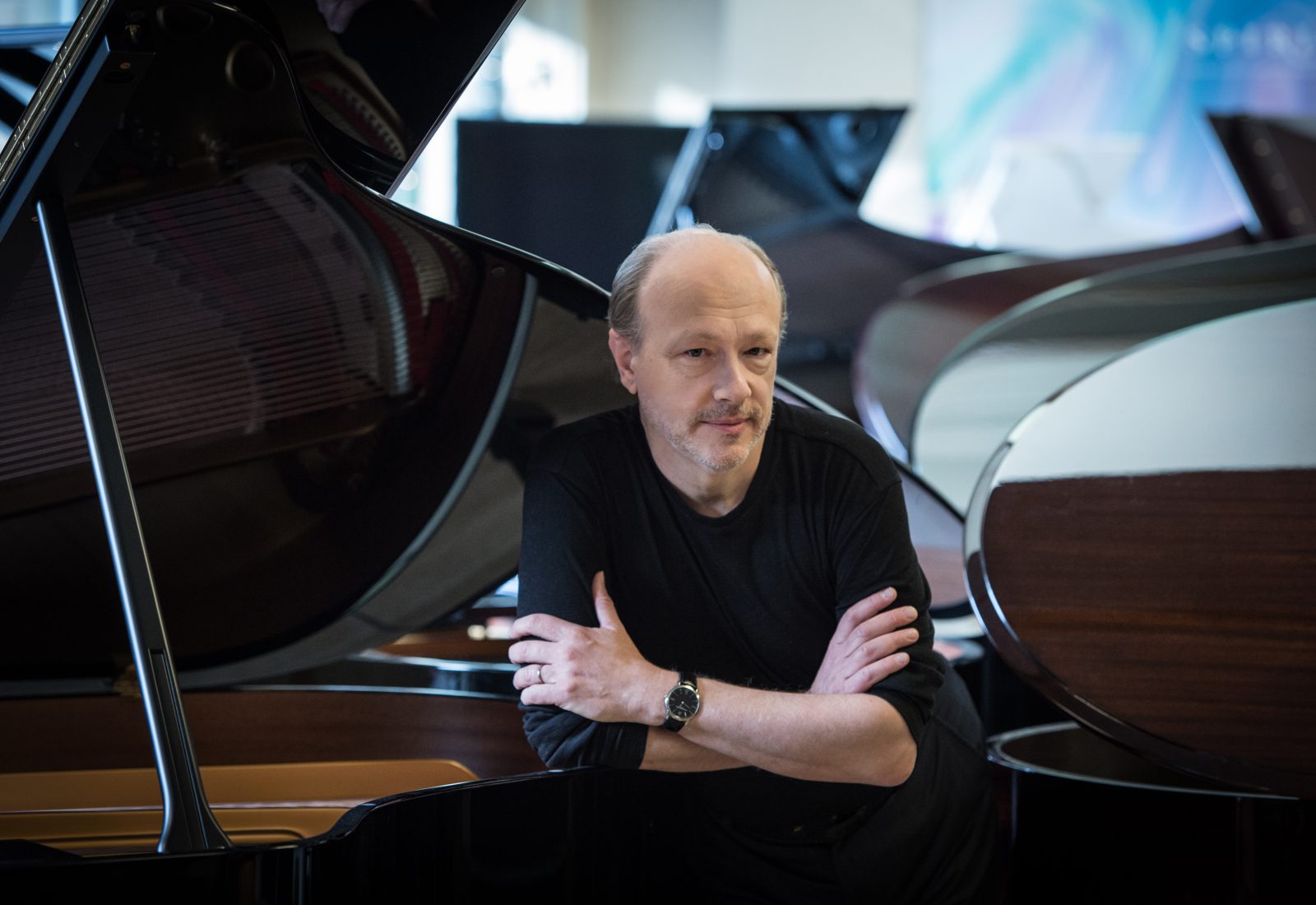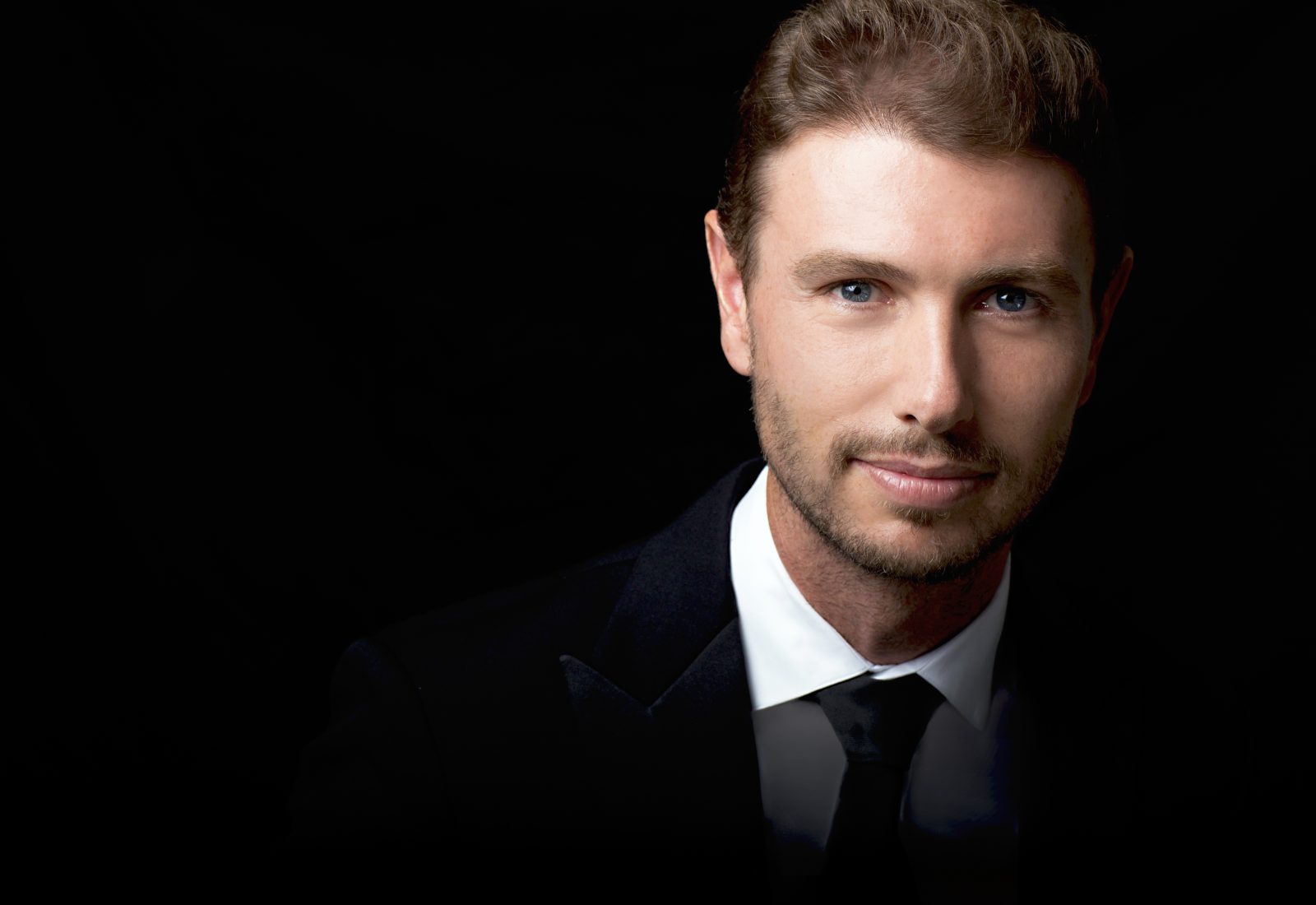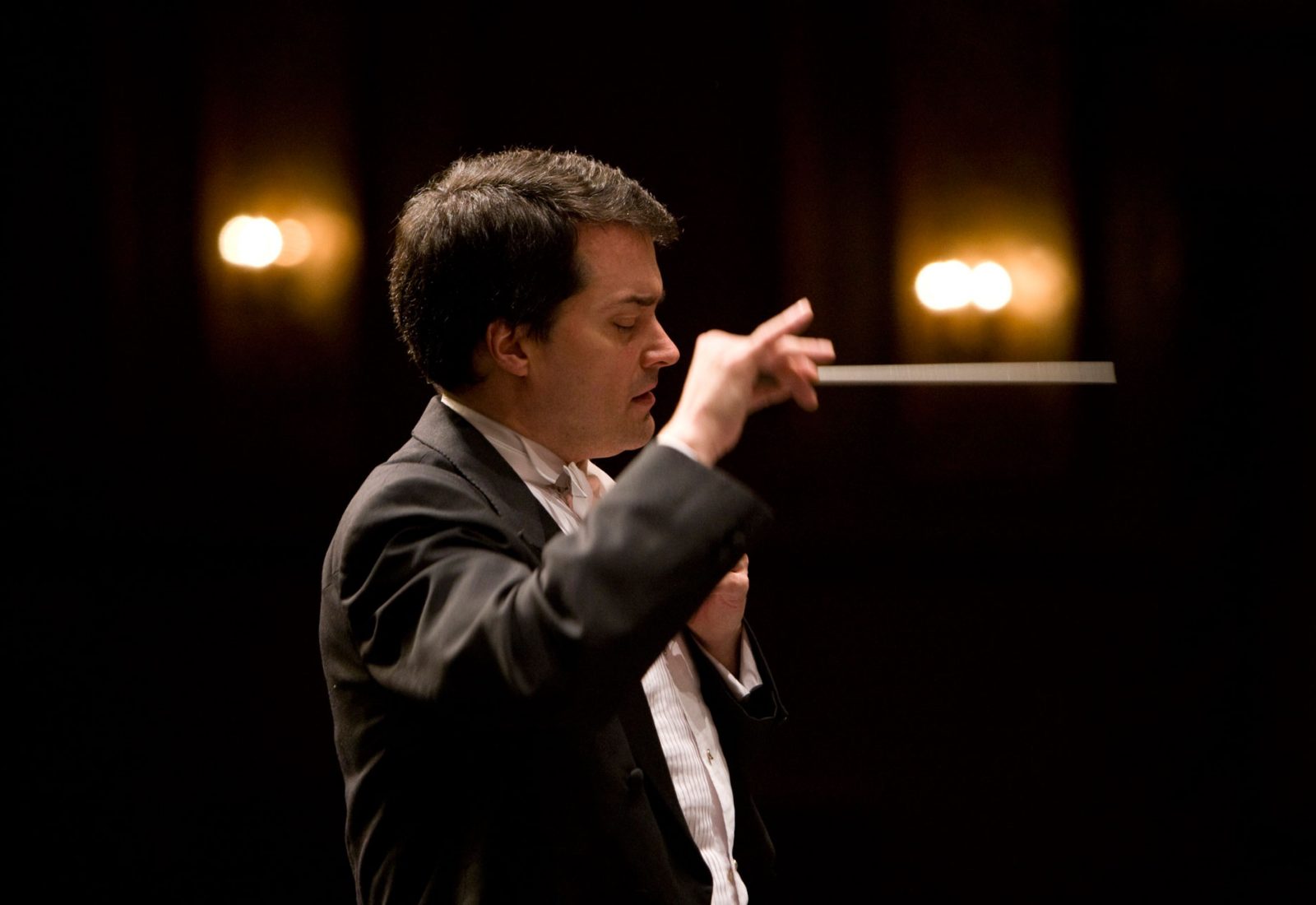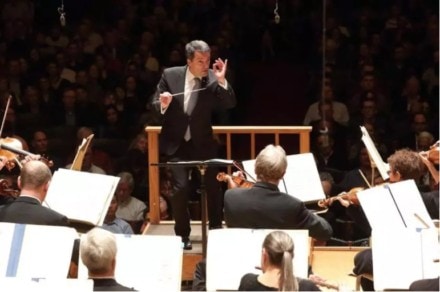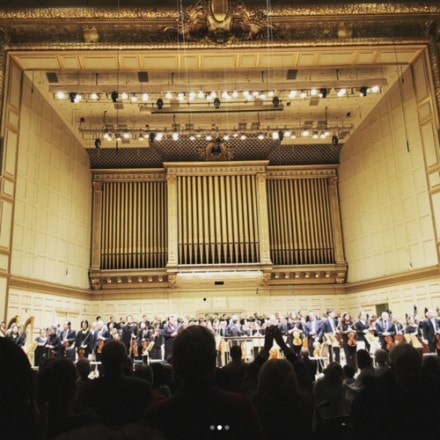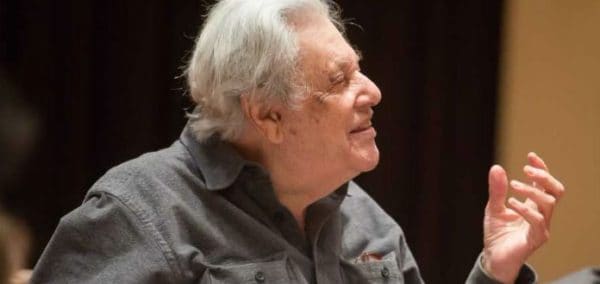In a VC blog, the musicians share their collective memories of long-time colleague and friend, violinist Robert Mann – who passed away last week, aged 97.
We, the remaining Juilliard Quartet colleagues of Robert Mann, deeply mourn his passing this past week. We send our condolences to his dear wife, Lucy, to the family, to all his friends and to all his former students, who had the good fortune to be guided and inspired by him, as we were. His students are, of course, such a wonderful and important part of his legacy.
In today’s world, it may be hard for some to comprehend the deep significance of Robert Mann’s legacy. Bobby devoted himself passionately and daily to insight of all kinds, hungry as he was to experience the joy of discovery at every possible moment.
Rehearsals with Bob Mann were always a highly energized search for beauty, order, coherence, insight, truth and catharsis, a seemingly unlikely mix of things. Almost in contrast, performances with Bobby were passionate abandon in the service of the composers’ imaginations, while holding the ship steady towards its goal. Bobby deeply respected and understood the necessary interplay of rational and irrational thought and feeling requisite to great art of any kind and he helped each of us welcome both into our musical and personal lives, expression and process.
Chamber players are the peacemakers of music, musicians rejecting the “older” model of heroism, to replace it with the heroism of the peacemaker: he/she who struggles to promote understanding through shared honest interaction. Bob Mann, you were our general, leading us into musical battle for the “musical” common good.
We would like to ask the student who reads these words to ponder and try and grasp just how much patient hard work, listening, honesty, self-appraisal and love of music it takes to become a Robert Mann. The hard work is not to be underestimated. And the motivation was pure: to be worthy of the genius of the composer.
Sadly, most critics were never able to recognize Robert Mann’s most important asset: his great and innate ability to sing on the violin and render unforgettable performances of the quartet literature’s most intimate and lyrical phrases and moments, whether the Cavatina from Op. 130, the Largo of Op. 135, the slow movement of Ravel and Debussy quartets or the Largo of Haydn’s Op. 76 no. 5. The voice was always his own: plain-spoken, loving, vulnerable, always generously reaching out.
We each feel so lucky to have shared a good portion of our lives, musical and non-musical, with this amazing and wonderful human being. And though Bobby is with us no longer, we will ever feel his beneficent influence and will continue to share his memory and legacy with all who will listen.
Rest in peace, dear Bobby.
Earl Carlyss, violin, 1966-1986
Samuel Rhodes, viola, 1969-2013
Joel Krosnick, cello, 1974-2016
Joel Smirnoff, violin, 1986-2009


